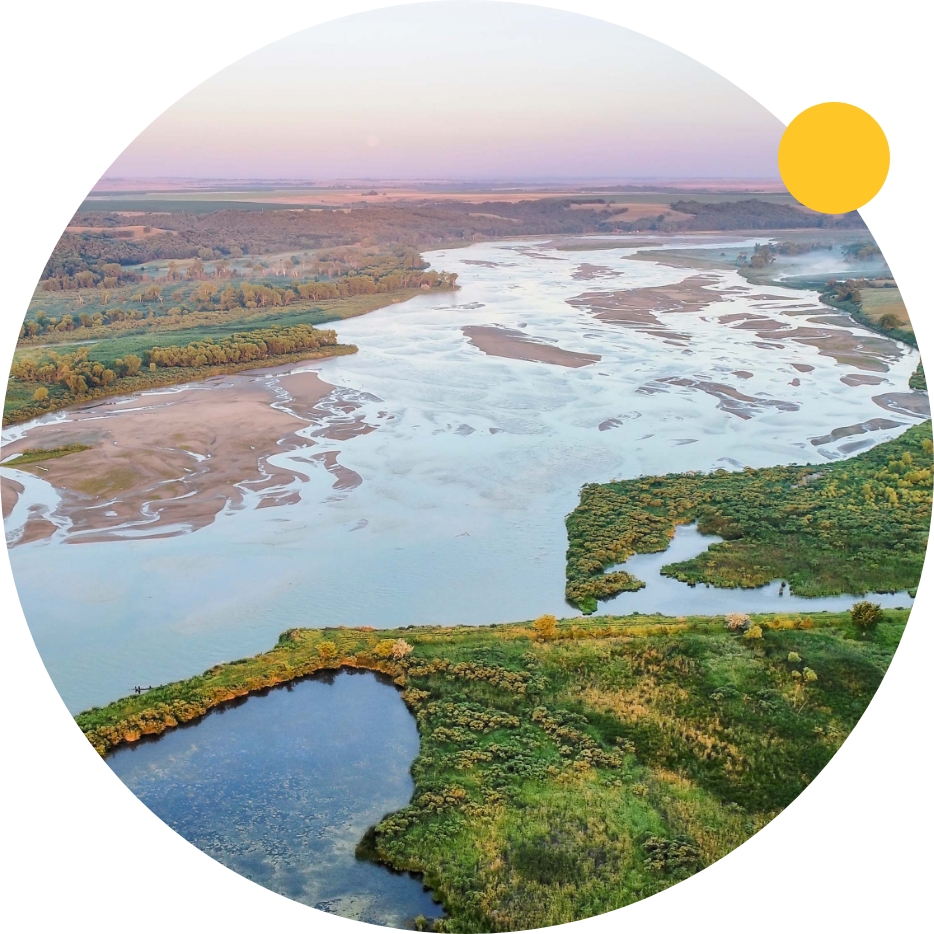
Decision Center for a Desert City
The National Science Foundation funded a collection of Decision Making Under Uncertainty collaborative groups for five years. The goals of DMUU collaborative groups were to support research, education and outreach that increased basic understanding of decision-making processes and of the information needed by decision-makers; to develop tools that supported decision-makers and increased their ability to make sound decisions; and to facilitate interactions between researchers and decision-makers. In addition, NSF’s Human and Social Dynamics priority area supported interdisciplinary groups that addressed questions related to change and dynamics in human systems more broadly.
Decision Center for a Desert City at Arizona State University was established in 2004 with an investment from the National Science Foundation through the Decision Making Under Uncertainty program. DCDC’s mission was to advance knowledge about decision-making under uncertainty in the context of water sustainability and urban climate change adaptation.
DCDC was a research unit of the Global Institute of Sustainability and Innovation at ASU that conducted climate, water and decision research. The unit developed innovative tools to bridge the boundary between scientists and decision-makers. With renewed NSF funding in 2010, DCDC II expanded its research agenda, trained a diverse new group of students, and engaged a wide range of stakeholders in the cooperative production of knowledge and action. DCDC III allowed ASU to expand the geographic scope of DCDC’s work beyond Arizona to include cities dependent upon Colorado River water in states like Colorado, Nevada and California to explore transformational changes that will be necessary to sustain water supplies well into the future.
The work of DCDC continues under the Arizona Water Innovation Initiative.
Contact
If you have any questions about the program, please contact the ASU Global Institute of Sustainability and Innovation.

Shaping a thriving future
Decision Center for a Desert City has ceased operations, but other units of the Julie Ann Wrigley Global Futures Laboratory are continuing work that contributes to a healthy planet. Learn how the Global Futures Laboratory works and what we’re focusing on right now on our website.


